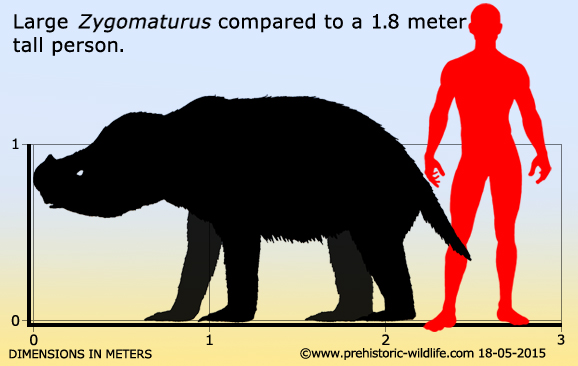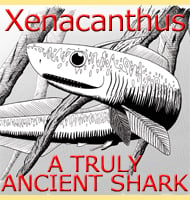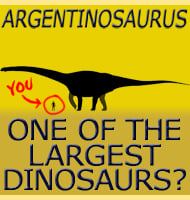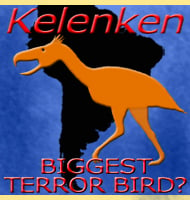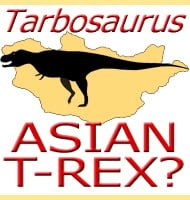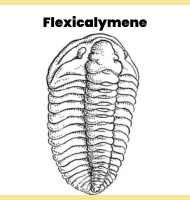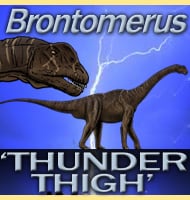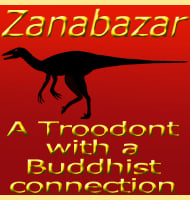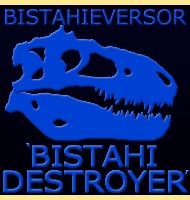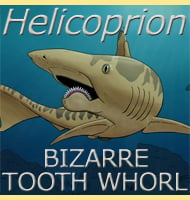In Depth
A relative of the more famous Diprotodon, Zygomaturus was another of the exceptionally large wombats that once roamed around Australia. As a genus Zygomaturus has been envisioned as preferring to live around waterways such as rivers and lakes where they could browse upon the aquatic plants that grew around the water’s edge. Like with much of the Australian mega fauna, Zygomaturus seems to have gone extinct at around the same time that the first aboriginal people arrived in Australia.
Further Reading
- Le pretendu rhinoceros de Nouvelle Caledonie est un marsupial (Zigomaturus diahotensis nov. sp.) - Geobios 14(2):201-217 - C. Guerin, J. H. Winslow, M. Piboule & M. Faure - 1981.
